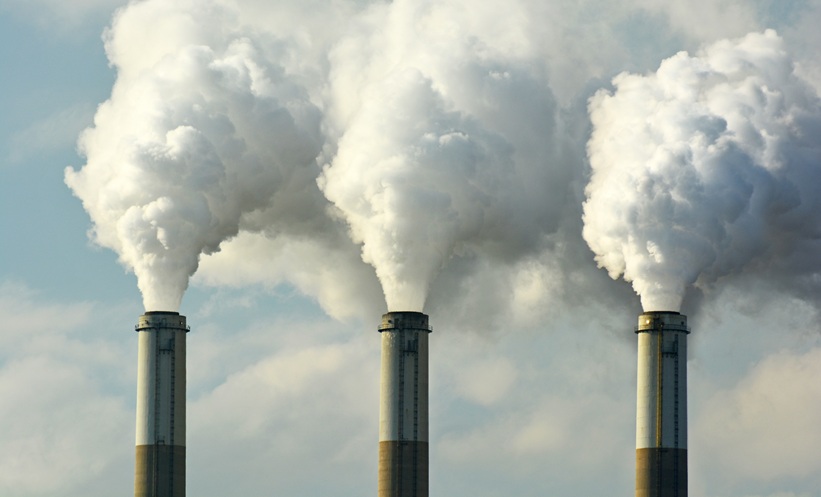Abstract
Pneumoconiosis as an occupational disease is a serious threat to the health of workers. Patients with pneumoconiosis are mainly engaged in dust-related work such as gold, coal, or iron mining, electric welding, or road work, and present with miliary nodules, fuse mass-like opacities, and cavity lesions on chest imaging. Clinical manifestations of pneumoconiosis include progressive chest tightness, dyspnoea, chest pain, coughing, expectoration, fever, and hypodynamia. Pneumoconiosis patients are prone to respiratory tract infections (including bacterial pneumonia and tuberculosis) because of poor disease resistance and will eventually lose the ability to work and fully function in daily life completely. Patients can lose their life because of complications such as pulmonary heart disease and respiratory failure. Disease prevention is the main method to control pneumoconiosis.
We retrospectively analysed 516 cases of pneumoconiosis patients receiving whole lung lavage (WLL) procedure from May 2009–January 2015. The symptoms, pulmonary function, chest computed tomography manifestations, and living status were reviewed carefully. The improvement rate of chest tightness, chest pain, and dyspnoea was 99%, 90%, and 98%, respectively, 7 days after WLL procedure. The symptoms had improved in 235 patients at 3–6 months postoperatively. The therapeutic effect remained stable in 56 cases after 4–5 years. Chest tightness, chest pain, and dyspnoea were improved significantly, and pulmonary diffusion function and small airway resistance also improved. There was no progress in 62 patients 4–5 years postoperatively, as indicated by the chest computed tomography examination. Overall, WLL treatment is an effective method for treating pneumoconiosis.
Please view the full content in the PDF above.







